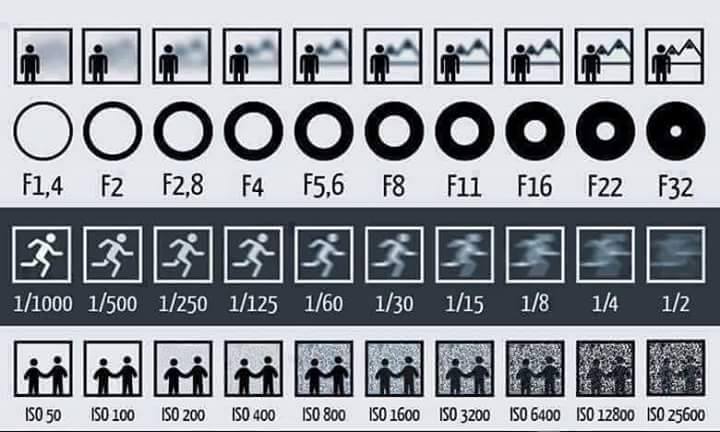Missionary, you are a communicator. There are various platforms for communicating - visuals help immensely, in our generation. If you want to have impact in your photo or video images, you will have to climb the steep learning curve of understanding exposure in your camera. Take heart, it is doable.
The following will get you started on improving your skill set and shoot better images.
I'll say it outright: learn to be smarter than your camera.
I'll say it outright - you will have to get away from shooting photos on automatic settings. Learn to expose images on the manual settings - in other words, learn to be smarter than your camera. Your camera is designed to expose to an 18% gray setting - which is the reason that placing people against a bright background (sun behind them) only gives you a silhouette. Your camera cannot make that decision for you, it averages the exposure and in the adjusted exposure parts are sacrificed.
Also - shoot images with the best resolution possible. Data storage is relatively inexpensive now, so an external drive should give you options for storage of your images. Backup, backup, backup. It is only a matter of time until you experience a hardware failure, so reduntantly store your images. 'Nuff said.
One tip that is worth it's weight in gold: Eyes tell the story. People connect with people and eyes are the window to the soul. Close-up images will help people connect. It will take practice before people let you get that close, but you can get good at it.
{gallery}photos/201603_photography{/gallery}
You can also get further impressions on the section on this section of my site: People Matter.
Now to the nitty-gritty. Let's get started with exposure.
Three parts go into setting your exposure: iso - aperture - shutter speed. That triangle determine what will be seen on your image and you can set that yourself. If someone is in the shadows, you three choices to see the person:
- increase the iso - at the risk of increasing noise in the image
- open the aperture - at the risk of shortening the depth of field for focus
- slow the shutter speed, in order to increase the amount of light for exposure - at the risk of blurring a moving subject
The following diagram provides an overview of this triangle. It is always a balancing act.

Photocredit: LifeHack.
Here is a youtube video tutorial that will help explain.